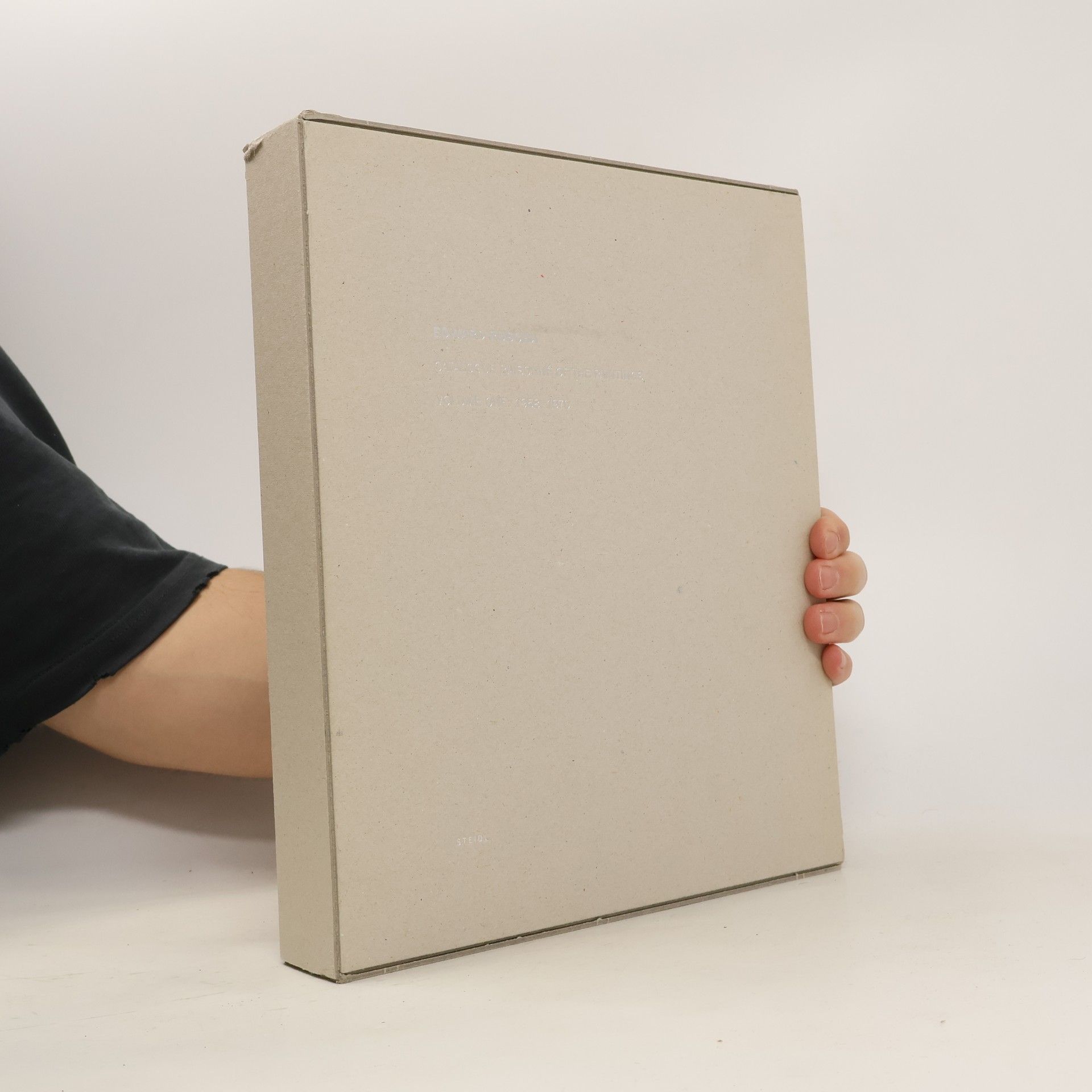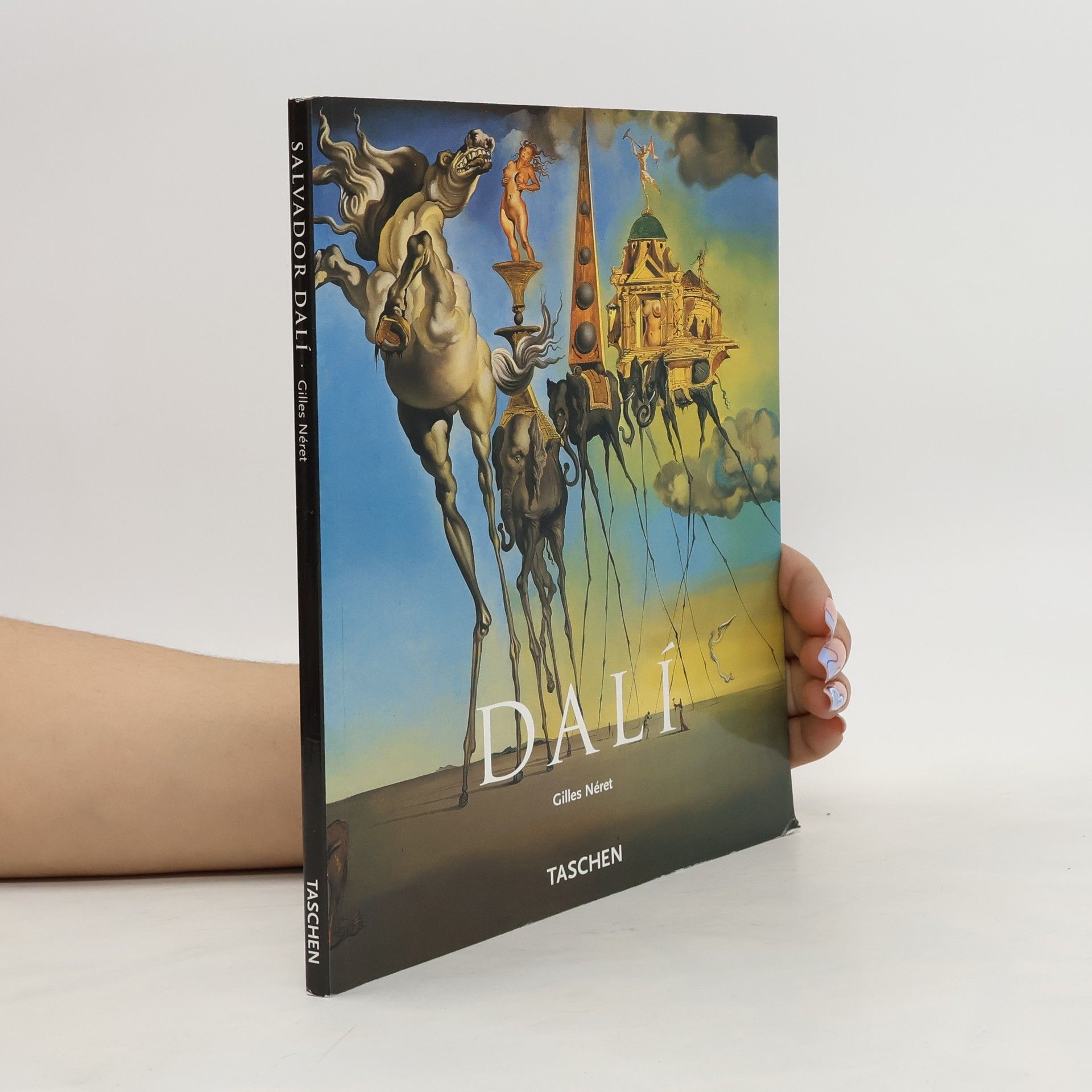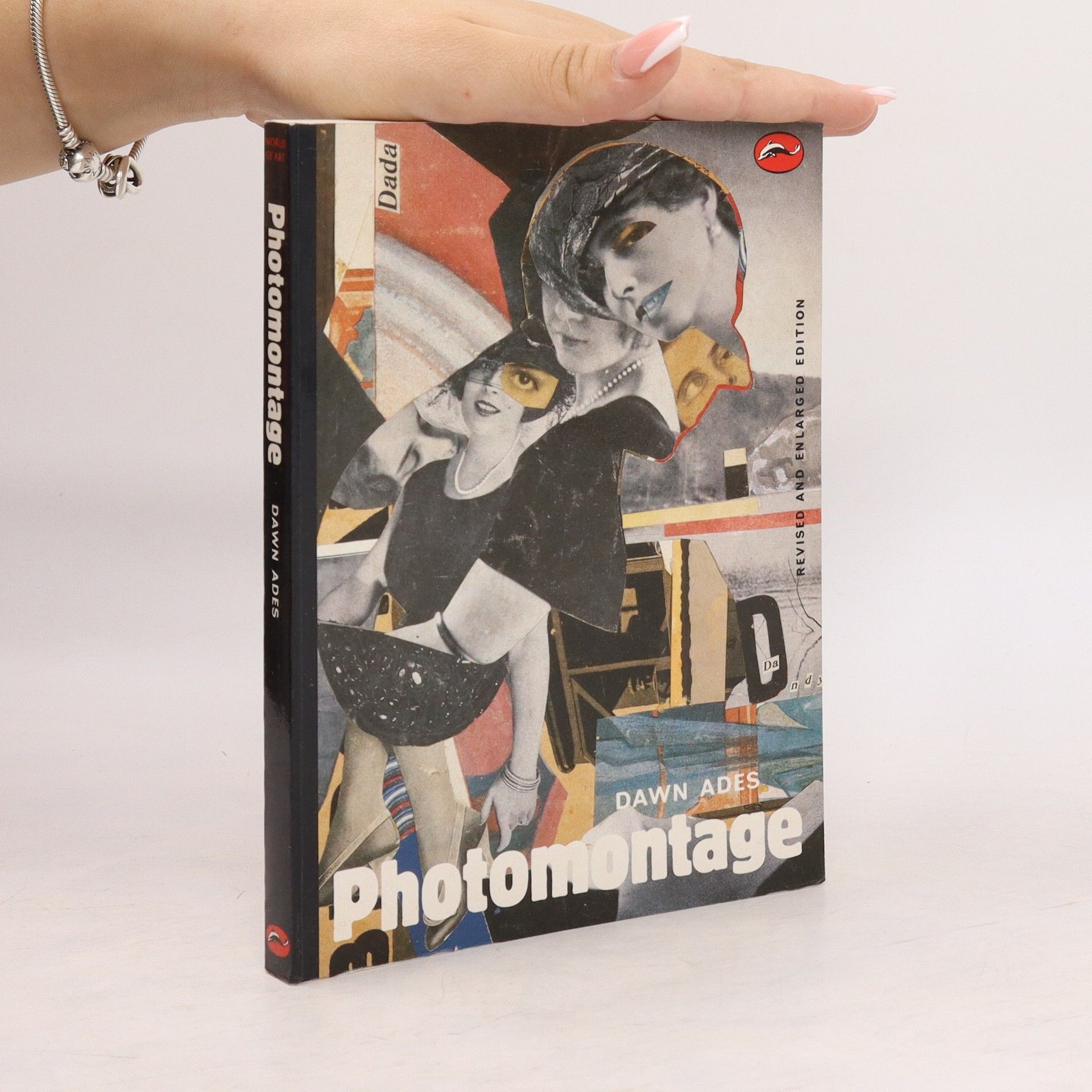A collection of photographic prints documenting Hollywood Boulevard first in July 1973 and later in June 2004. Same type of camera equipment were used to re-photograph the street. The panoramic images in black and white from 1973 run parallel to 2004 colored version - contrasting the changes over three decades.
Ed Ruscha Livres
Edward Ruscha combine de manière constante le paysage urbain de sa ville d'adoption avec le langage vernaculaire pour communiquer une expérience urbaine particulière. Englobant la peinture, le dessin, la photographie et les livres d'artiste, l'œuvre de Ruscha reflète la banalité de la vie urbaine, apportant un ordre au déluge d'images et d'informations médiatiques qui nous confrontent quotidiennement. Sa première carrière d'artiste graphique continue d'influencer fortement son approche esthétique et thématique, faisant de lui une voix clé dans l'art qui fusionne mots et images.






They Called Her Styrene, Etc.
- 580pages
- 21 heures de lecture
Ed Ruscha, a pivotal figure in contemporary American art, explores the fusion of advertising aesthetics with fine art. His extensive body of work includes hundreds of 'word' prints, drawings, and paintings, characterized by a striking contrast between bold typography and atmospheric backgrounds. This unique interplay highlights his innovative approach to visual language and the cultural commentary embedded in his art.
Catalogue Raisonné of the Paintings
- 469pages
- 17 heures de lecture
Volume Seven of the Edward Ruscha Catalogue Raisonné of the Paintings, covering the years 2004 to 2011, comprises 230 paintings and studies that are reproduced in color and accompanied by detailed exhibition and bibliographic histories. The work of this period extends various earlier series, including Ruscha’s “mountain” paintings, a number of which now incorporate texts from Jack Kerouac’s novel On the Road. Other important works take decay, waste and retrieval, and the passage of time as themes, notably the “Course of Empire” series (Ruscha’s contribution to the 51st Venice Biennale) and the “Psycho Spaghetti Western” paintings. This 550-page volume, co-published by Gagosian Gallery, is edited by Robert Dean with Lisa Turvey and contains essays by Thierry de Duve and Linda Norden.
Marcel Duchamp (World of Art)
- 240pages
- 9 heures de lecture
Genius. Anti-artist. Charlatan. Impostor! Since 1914 Marcel Duchamp has been called all of these. No artist of the 20th century has aroused more passion and controversy, nor exerted a greater influence on art, the very nature of which Duchamp challenged and redefined as concept rather than product by questioning its traditionally privileged optical nature. At the same time, he never ceased to be engaged, openly or secretly, in provocative activities and works that transformed traditional artmaking procedures. Written with the enthusiastic support of Duchamp's widow, this is one of the most original and important books ever written on this enigmatic artist, and challenges received ideas, misunderstanding and misinformation
Dawn Ades
- 608pages
- 22 heures de lecture
Art historian and curator Dawn Ades is a leading voice on Dada, Surrealism, abstraction and art from Latin America. This volume collects her important essays for the first time, addressing themes fundamental to the history of modern art and the avant-garde.Arranged thematically, this collection of essays represents the breadth of Dawn Ades’s critical and curatorial interests, ranging from avant-garde poster design to the representation of the female in Mexico, but with an overarching foundation in abstraction, identity and the influence of new media.As well as working as a professor and curator – which earned her an OBE for her services to art history – Ades has written on a wide range of artists since 1980. Spanning the likes of Francis Bacon, Richard Deacon, Salvador Dalí and Hannah Höch, this body of essays is ingrained with Ades’s consistently clear and intellectually stimulating observations.To introduce the book, Ades is interviewed by Doro Globus who explores the writer’s relationship to curating, teaching and art history.
One of the most consistently inventive artists of recent times, Los Angeles-based Ed Ruscha has been a pioneer in the use of language and imagery drawn from the popular media. From his early powerful word paintings to his influential artist books of the sixties and seventies to his recent colorful views of generic mountains, Ruscha has investigated the spaces between highways and journeys, images and words, abstraction and representation, public imagery and the contemporary landscape. In this publication, which accompanies a major retrospective exhibition organized by the Hirshhorn Museum and Sculpture Garden in Washington, D.C. and the Museum of Modern Art, Oxford, Neal Benezra, Kerry Brougher, and Phyllis Rosenzweig focus on all aspects of Ruscha's career, revealing him not merely as an artist closely linked with Los Angeles, but as an important international figure in contemporary art.
Peintre, sculpteur, crivain, r alisateur et homme de spectacle, Salvador Dal (1904-1989) fut un des plus grands exhibitionnistes et excentriques du vingti me si cle. Il fut aussi un des premiers artistes appliquer les th ories de la psychanalyse freudienne l'art, et devint c l bre avec ses oeuvres surr alistes, comme les montres molles ou le t l phone homard, qui sont aujourd'hui des jalons de l'entreprise surr aliste et du modernisme en g n ral. Dal d crivait fr quemment ses peintures comme des photographies de r ves peints la main . La tension captivante qui en mane r side dans la repr sentation pr cise d' l ments bizarres et dans ses compositions incongrues. Comme l'expliquait lui-m me Dal , il peignait avec la plus imp rialiste rage de pr cision , mais seulement pour syst matiser la confusion et ainsi participer discr diter totalement le monde de la r alit . R volutionnant le r le de l'artiste, le moustachu Dal eut aussi l'intuition d'exhiber un personnage controvers dans l'ar ne publique et de cr er travers la gravure, la mode, la publicit , l' criture et le cin ma une oeuvre qui pouvait tre consomm e et pas seulement contempl e au mur d'un mus e. Ce livre explore la fois la peinture et la personnalit de Dal , en pr sentant ses aptitudes techniques, ses compositions provocatrices et ses th mes f tiches, souvent ardus - la mort, le pourrissement et l' rotisme.
Die Zusammenarbeit zwischen einem Künstler, einem Gitarristen und einem Dichter ergibt ein lebendiges, sinnliches und intelligentes Multimediawerk. Es ist ein provokativer „Trialog“ zwischen den Gemälden von Ed Ruscha, der Musik von Nils Cline und den Gedichten von David Breskin. Der Titel reflektiert die Idee, dass die Verbindung verschiedener Kunstformen zu einem schmutzigen, liebenswerten Mischling führt. Das Buch ist in zwei „Seiten“ unterteilt, ähnlich einer Vinyl-Schallplatte: Die A-Seite bietet einen Zeitraffer der westlichen Zivilisation, während die B-Seite das verhängnisvolle amerikanische Abenteuer im Irak beleuchtet. Die 66 Bilder von Ruscha stammen aus zwei selten gezeigten Schaffenskreisen: den Silhouetten und den Cityscapes, in denen Zensurbalken anstelle von Wörtern verwendet werden. Die rhapsodischen, fragmentarischen Verse von Breskin, die die alte Form des Arabischen Ghazal nutzen, begleiten die großartig reproduzierten Bilder von Ruscha. Cline ergänzt dies mit über anderthalb Stunden neuer Musik für ein großes Ensemble, die von akustischem Impressionismus bis zu dichter, dunkler zeitgenössischer elektronischer Musik reicht. Untergebracht in einem prächtigen Schuber mit vier CDs, davon zwei mit Musik und zwei mit gesprochener Poesie, ist dieses pulsierende, polyphone Werk eine wilde Überraschung, geschaffen von drei der spannendsten Künstler der heutigen Zeit.
Photomontage
- 176pages
- 7 heures de lecture
One hundred seventy-one monochromes are reproduced in an overview of the nature and evolution of photomontage
Catalogue raisonné of the paintings 6
- 584pages
- 21 heures de lecture
This sixth volume of Edward Catalogue Raisonné of the Paintings documents the 227 paintings and studies for paintings made between 1998 and 2003. Though a number of these works refer in some degree to Ruscha's output of the past two decades, the period inaugurates two major series--the Metro Plots , which diagram streets in Los Angeles and American cities, and the celebrated Mountain paintings. A third series, loosely grouped, takes books as its subject. This period is also notable for the appearance of the first of the Course of Empire paintings, with which the artist would represent the United States at the 51st Venice Biennale in 2005. As in previous volumes, included are numerous documentary photographs, a selection of Ruscha's sketchbook pages and complete bibliographic references and exhibition histories.

